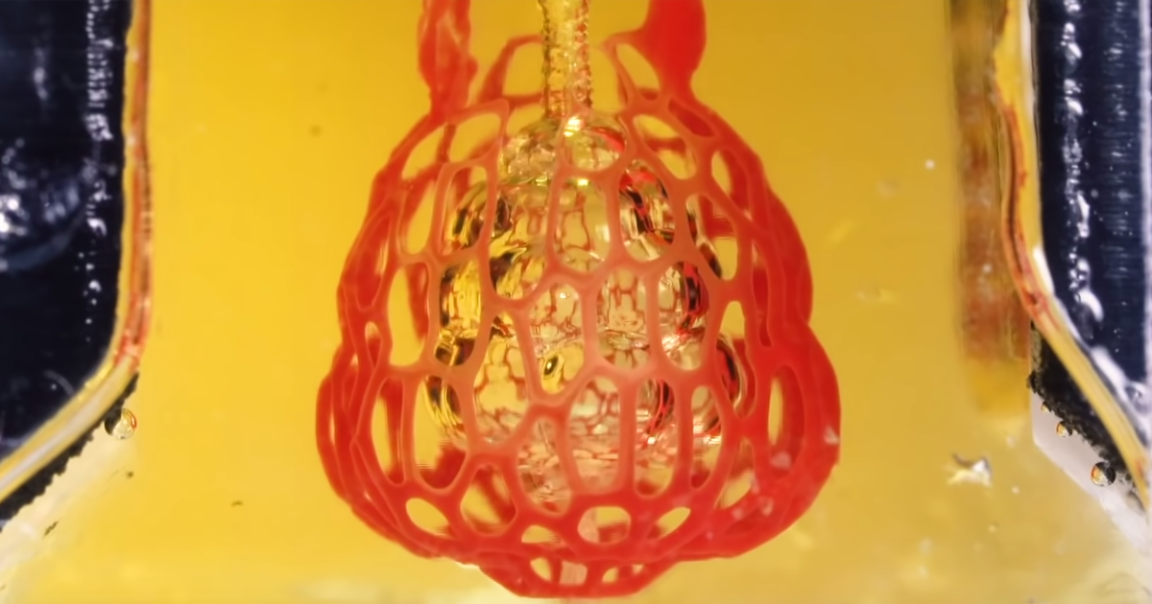
First Breaths
Scientists just took a major step forward towards 3D printed organs — with a new lung-like system full of air sacs can expand and contract, filling the same biological role as our lungs do by pumping oxygen into blood.
Bioprinted organs could someday help people who are waiting and sometimes dying on the organ transplant waitlist. In research published in the journal Science last week, the team behind the new printing technique made a similar device and successfully grafted it into mice with injured livers.
In And Out
The 3D printed lung can be seen expanding and contracting, oxygenating blood as it flows past its bulbous transparent air sacs in a video published by Seeker on Friday.

Biological Infrastructure
3D printing blood vessels and other vasculature has remained an elusive challenge for scientists — some teams have even outsourced the endeavor to the International Space Station, where the zero-gravity environment means that small tubes are less likely to collapse under their own weight as they’re being printed.
Per the research, this new lung was printed down here on Earth, suggesting that the new bioprinting technique and materials could help us get to a point where people in need of new organs only need to wait as long as it takes to print one out.
More on 3D bioprinting: These Scientists Are 3D-Printing New Body Parts for Athletes